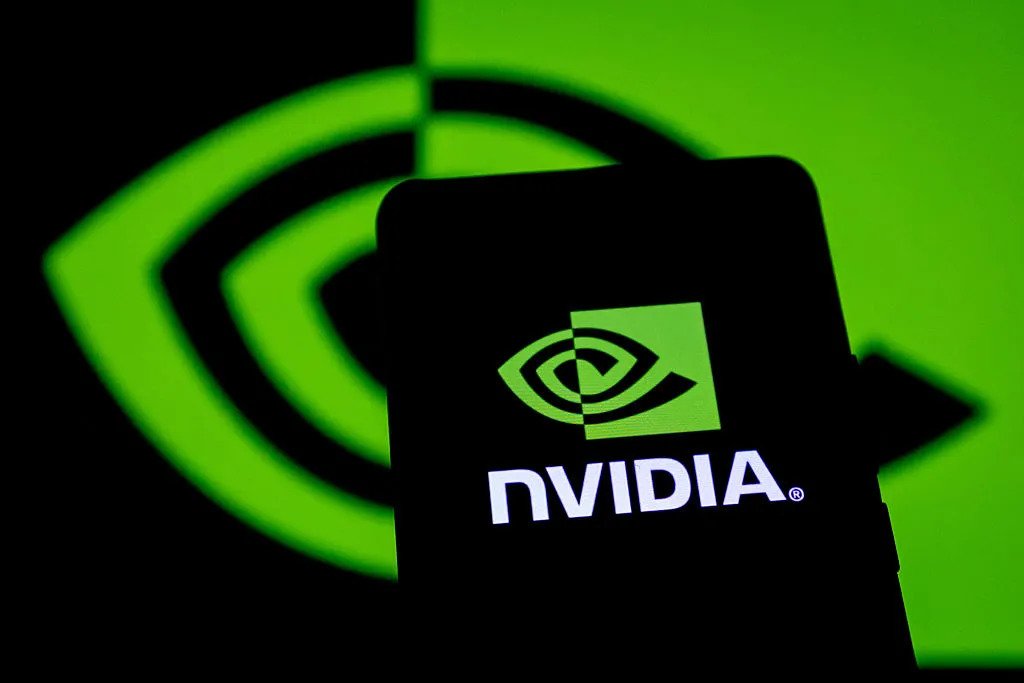Nvidia’s Q2 2025 Revenue Concentration: What It Means for Future Growth
Nvidia reported record revenue of $46.7 billion in Q2 2025, up 56% year-over-year, fueled by the global AI data center boom. Nvidia posted record Q2 2025 revenue of $46.7B, but nearly 40% came from just two customers. Learn what this concentration means for Nvidia’s AI-driven growth and future risks. However, filings with the SEC reveal that nearly 40% of this revenue came from just two customers, raising both opportunities and risks for the chipmaker’s future.
Key Highlights from the Filing
- Customer A: 23% of Q2 revenue.
- Customer B: 16% of Q2 revenue.
- Combined, these two accounted for 39% of quarterly revenue.
- Four other customers represented between 10% and 14% each.
- All are direct customers (OEMs, system integrators, distributors), not end-users like Microsoft, Amazon, or Google.
Why This Matters
The concentration underscores a double-edged sword:
- Opportunity: Massive demand from AI and cloud sectors guarantees strong near-term growth.
- Risk: Heavy reliance on a small group of buyers means any slowdown, delay, or shift in orders could significantly impact revenue.
The Role of AI Data Centers
Data centers accounted for 88% of Nvidia’s total revenue, with “large cloud service providers” making up half of that.
As AI workloads expand — from generative AI to enterprise cloud AI services — Nvidia remains the key supplier of GPUs.
Future Outlook
According to Gimme Credit analyst Dave Novosel, while revenue concentration poses a significant risk,
the customers involved are financially strong, with deep cash reserves and ongoing plans to spend heavily on AI infrastructure in coming years.
Bull vs. Bear Case for Nvidia
✅ Bull Case
- Explosive AI and cloud demand supports long-term growth.
- Customers are cash-rich and committed to expanding data centers.
- Nvidia remains the dominant GPU supplier for AI workloads.
⚠️ Bear Case
- Over-reliance on a small group of customers creates vulnerability.
- Rising competition from AMD, Intel, and custom silicon could reduce market share.
- Potential supply chain or regulatory issues may disrupt growth.
Conclusion
Nvidia’s prospects remain strong thanks to the AI data center boom, but its revenue concentration highlights an important risk. As long as hyperscaler demand continues, Nvidia is well-positioned — but investors should keep an eye on customer diversification and emerging competitors.

